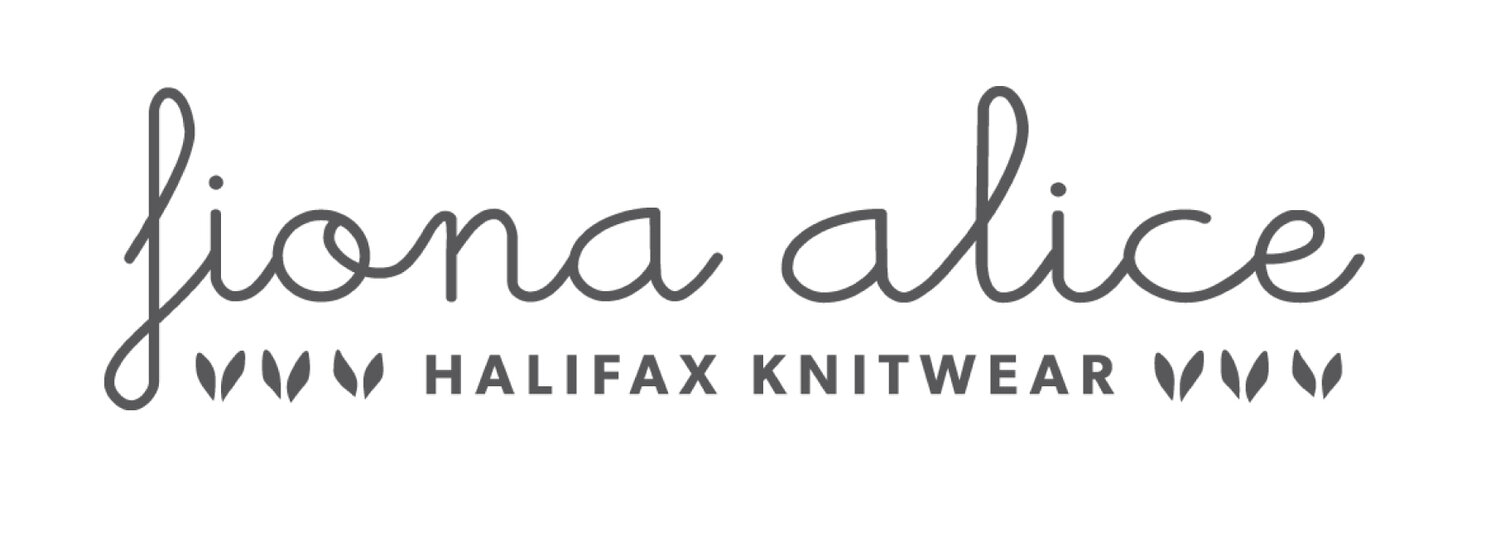After our first afternoon in Tallinn, Eero and I left the city and drove through the Estonian countryside towards the coast. We spent the weekend on Muhu Island which I'll mention more in my next post. Saaremaa is the biggest island off of Estonia and is connected to Muhu by a causeway.
Before leaving on this trip, a colleague of mine had mentioned that visiting Estonia would be like stepping inside a fairytale. I was happy to see that Saaremaa did not disappoint. We visited the main city, Kuressaare, a handful of times to explore the local craft shops, restaurants and of course, this castle complete with moat! How much more fairytale-esque could this place be? This is Kuressaare Castle, originally built in the 14th century and is the best surviving example of a medieval fortification amongst the Baltic countries.
We enjoyed an amazing meal at Kuressaare Kuursaal one afternoon, located just across the moat from the castle. Their Ku-Kuu Kitchen emphasizes local produce from Saarremaa and Muhu. The salad, soup and fish all had locally sources ingredients and the pike I enjoyed was caught that morning. Everything was delicious and to savour this all within view of the castle was definitely a special treat. Another memorable meal from Kuressaare was at Kohvik Retro. Located on the main street, this restaurant was also really proud of their local produce and everything on their menu was made in house. This time I was too eager to dive in before taking any photos but would highly recommend it to those in the area.
Another favourite site we visited was the Kaali Crater Field. This natural site is composed of nine different meteorite craters from one asteroid breaking up as it entered Earth's atmosphere. The exact time of impact is unknown but scientists believe it to have happened between 1530 - 1450 BCE. These photos are from the biggest crater which formed a near perfect circular pond. I've always been curious about space exploration and our mysterious universe so I was incredibly excited to visit this place. This crater is tucked away amongst quiet farmland, just behind a local school and playground. I felt it was really special to be able to walk around an amazing example of how forces outside our power shape and effect our natural landscape. Since returning home it's been enlightening to read about the mythology and spiritual significance behind this sacred place. Throughout Estonian folklore, this places was known as "where the sun went to rest".



















































